Summary of opinions at September 18-19 BoJ meeting, BoJ warned that the “contrast between the manufacturing and nonmanufacturing sectors has become more evident” at home and abroad. Downside risks to the global economy “have been increasing further” mainly in Europe due to Brexit.
Also, ” it is becoming necessary to pay closer attention to the possibility that the inflation momentum will be lost”. BoJ needs to “reexamine economic and price developments” at the next monetary policy meeting (MPM).
It is also important for BoJ to “communicate with an emphasis that it has not reached an impasse on monetary policy measures”. Additionally, with regard to a negative interest policy, “its impact on the overall economy should be considered first, rather than on banks’ business conditions.”
Full summary of opinions here.
Also released, industrial production dropped -1.2% mom in August, below expectation of -0.5% mom. Retail sales rose 2.0% yoy in August, above expectation of 0.9% yoy. Weak production data reconfirm that impact from global slowdown on exports. Strength of retail sales might partly be due to pre sales tax hike effect and could wane ahead.




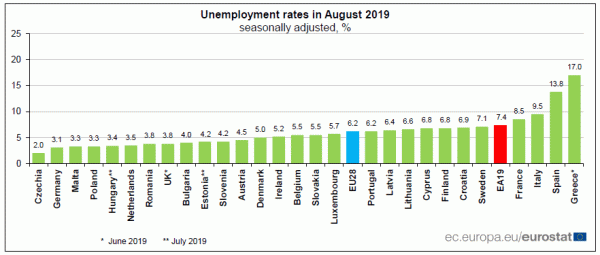
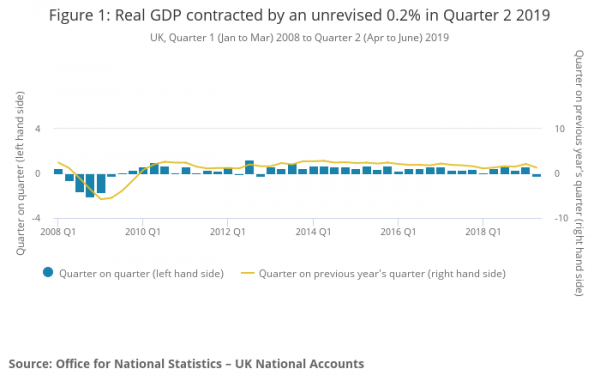
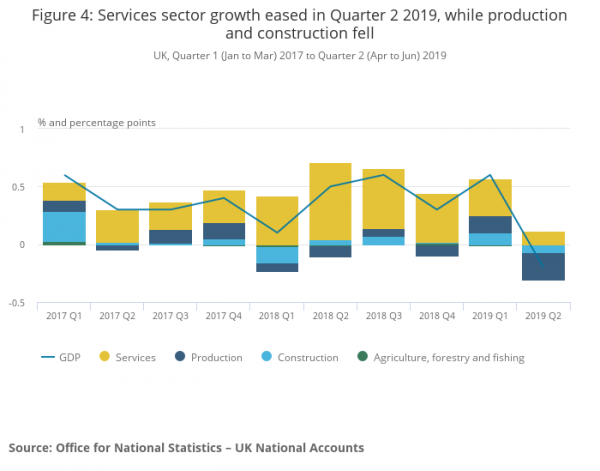
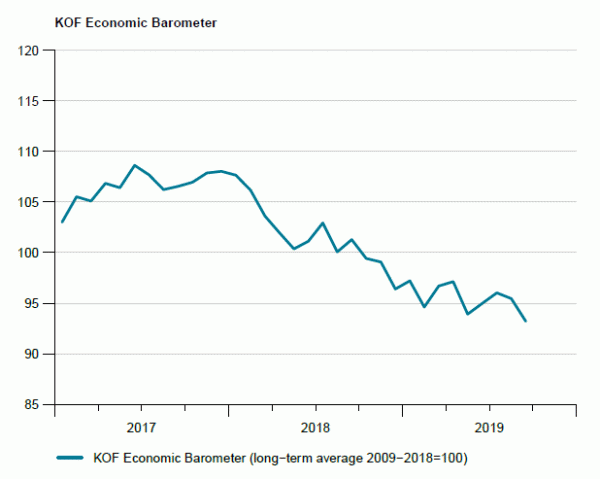
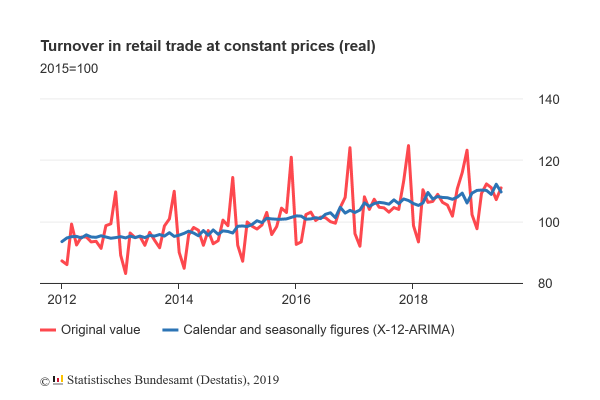
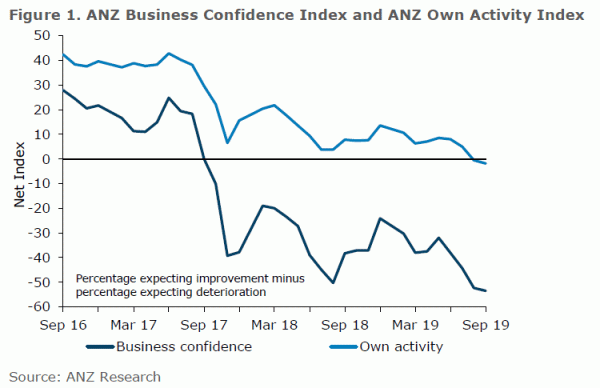
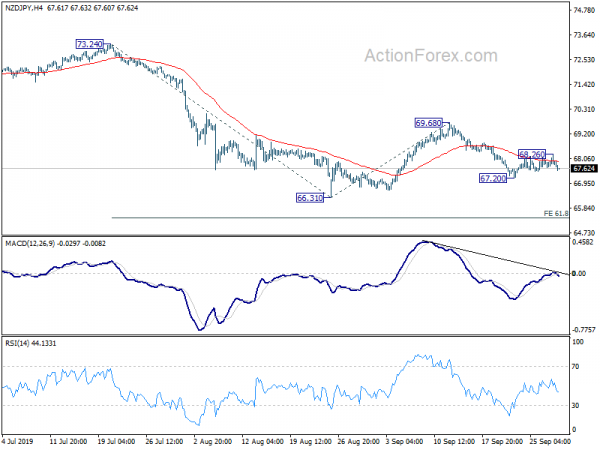
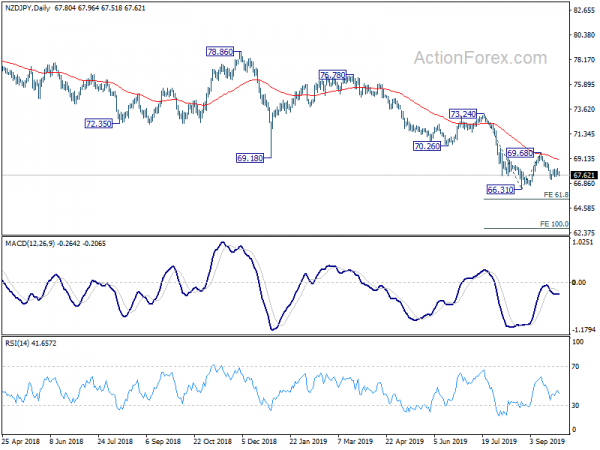
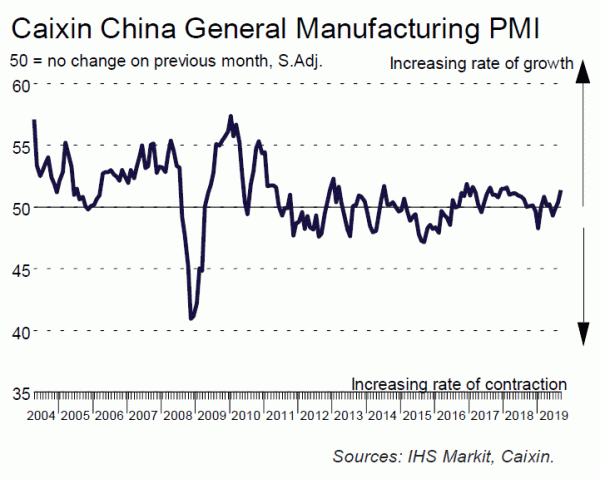
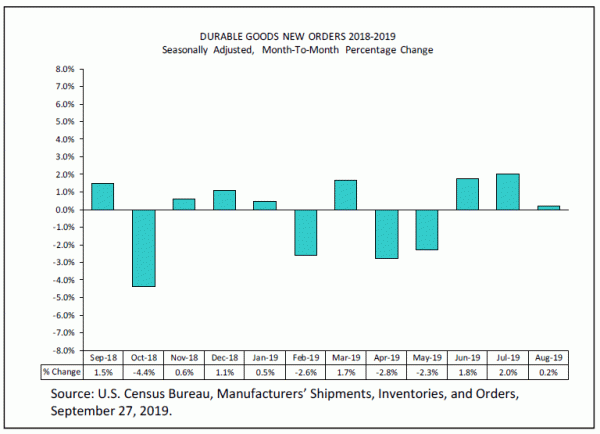
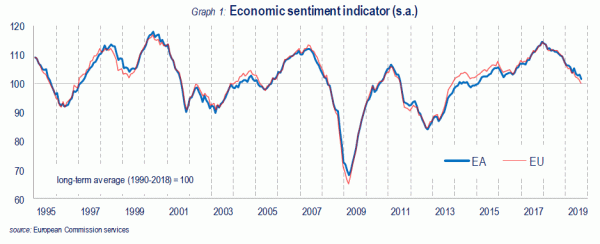
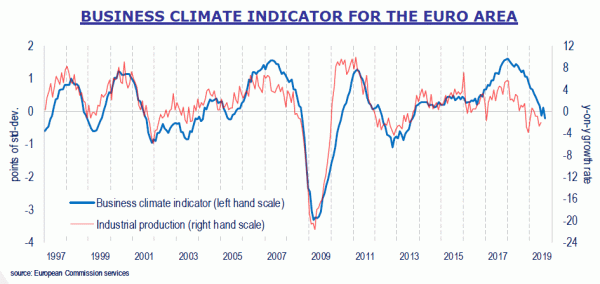
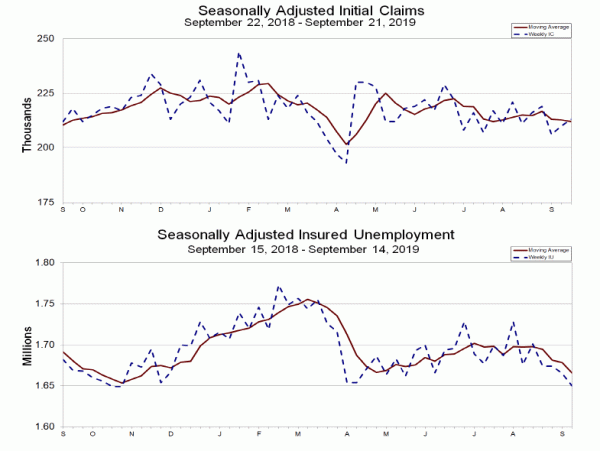
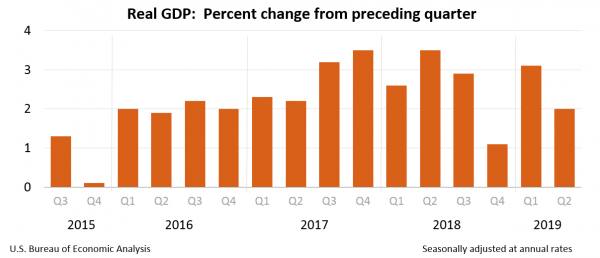

US Navarro denounces report on restrictions on Chinese companies
White House trade adviser Peter Navarro denounced the reports that US is considering restrictions on Chinese companies. He told CNBC that “That story, which appeared in Bloomberg: I’ve read it far more carefully than it was written. Over half of it was highly inaccurate or simply flat-out false.” He added that “this story was just so full of inaccuracies and in terms of the truth of the matter, what the Treasury said I think was accurate.”
On Friday, it’s widely reported, including by Bloomberg, that US is considering a number of measures on “financial decoupling with China”. Those include forcing a delisting of Chinese companies from US exchanges, imposing limits on investments in Chinese markets by US government pension funds and putting caps on the value of Chinese companies included in indexes managed by US firms.